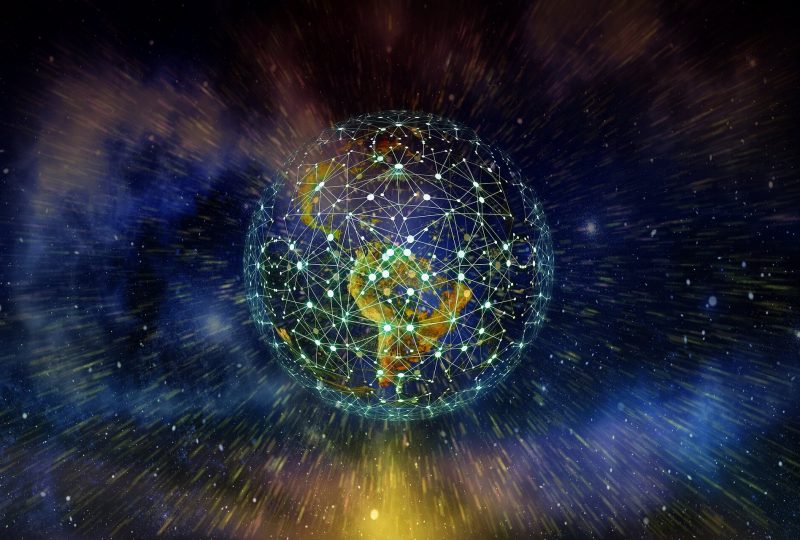New’s of the week selected by Impactscool – May 6th
6 May 2019 | Written by La redazione
The most important news about future and technology selected by Impactscool team

Elon Musk unveils his plans for self-driving taxies
The service will be active from 2020 and it will use one million vehicles. During the Autonomy Day, a day dedicated to Tesla investors, Elon Musk declared that self-driving taxi service will be activated in the next year. The autopilot will drive the car which, thanks to a new microchip with incredible computing power, will guarantee total autonomy of the car. The new chip will also be on the new vehicles in production today, offering owners a level 4 on 5 of autonomous driving according to the SAE standards. Musk will be able to meet the deadlines or the difficulties of having the cars accepted independently from the various will jurisdictions shift the service to a later date? Meanwhile, other automakers are pushing their versions of electric cars or assisted driving systems.
Does our house “spy” us?
A team from Princeton University has created a tool that can verify information sent over the network by smart devices. We live in increasingly intelligent homes, which have access to a great deal of information concerning our daily life. But how are these data handled? A team of scientists from Princeton University has created a tool that keeps track of every transmission that a smart home device sends on the network.
The app, called Princeton IoT Inspector, is able to intercept all activities on a WiFi network to keep track of what information is sent and to whom. “Our smart devices are watching us. – reads on the app website – Now it’s up to us to watch them “.
Do you feel bugged by your smart devices?
The biopsy could become a kind of 3D video
The journal Science Advances published a study conducted by researchers at RMIT University in Melbourne. Thanks to a new mathematical system that re-elaborates the information gathered by a common optical fibre microendoscope, researchers aim to make a 3D video of the entire human body to perform the biopsy. This method would replace the current sampling of tissue samples and could improve the accuracy of diagnoses and interventions.
The study could represent an important step forward in cancer medicine. Thanks to the use of a microendoscope it is possible to see all the fibres composing the tissues from various perspectives, recreating a 3D representation. This new approach proved to be compatible with the optical fibres already used in the clinic of RMIT University in Melbourne.
Developed the first contact lens with integrated battery
The battery, despite the dimensions, can power a LED for hours. The result of years of research and development can be held on the palm of a hand, or better, on the tip of a finger. It is a contact lens with a micro-battery inside. The device has already attracted the attention of DARPA, the government agency of the United States Department of Defense in charge of developing new technologies for military use, which already plans to use them as support for infantry or pilots, with augmented reality interfaces. Not just military applications. The tool can also be of great help to doctors, drivers and any other need for human-machine interface.
A microchip for the future of the AI
During a very private event, organized by Amazon founder Jeff Bezos, entrepreneurs and researchers present new technologies and innovations. Among this, there was something much smaller that promises great things: a new microchip, called Eyeriss. To date the most efficient machines for running machine learning algorithms, the process behind so many forms of AI through which they can learn for themselves how to perform a certain task, are the powerful graphics cards normally used for video games.
Their ability to process in parallel is essential for these algorithms, but these are architectures born for other purposes. The new microchip, developed by MIT, has been specially developed to make machine learning algorithms work not only effectively but also flexibly and with low electricity consumption.
10 to 1000 times more powerful, Eyeriss could soon be the base of a new technology explosion based on AI and their applications in ever smaller devices.
Hydrogen from industrial wastewater
A new process developed at Princeton University allows, using sunlight, to collect hydrogen from industrial wastewater. Grace to a special room with special “Swiss cheese” filters – with holes – and with the help of bacteria that consume wastewater and in turn generate electricity, hydrogen has been generated. The process is doubly efficient. On the one hand, it is able to treat industrial waste water, on the other, it generates hydrogen, a gas that in chemical industries is used for many processes. According to a 2016 report, generating it involves huge costs and consumes more energy than it needs to produce steel, iron, or other metals. According to the researchers, the process will be able to eliminate fossil fuels from the equation to create hydrogen in industrial processes.





